
7 minute read
Cover Story
Your Tax Dollars at Work: How USDA Investments in Breeding Resulted in Drought Resistant Lawns
By Beatriz Tome Gouveia, Susana Milla-Lewis and Grady Miller
By developing grasses that need less water, scientists are helping to ensure that we can maintain our landscapes without straining our resources. As climate change intensifies and weather patterns become increasingly unpredictable—bringing longer droughts, rising temperatures, and more extreme conditions—the demand for drought-tolerant grasses has never been greater and will only continue to grow. These innovations not only support sustainable land management but also help communities adapt to a changing climate, ensuring that green spaces remain both functional and visually appealing despite environmental challenges.
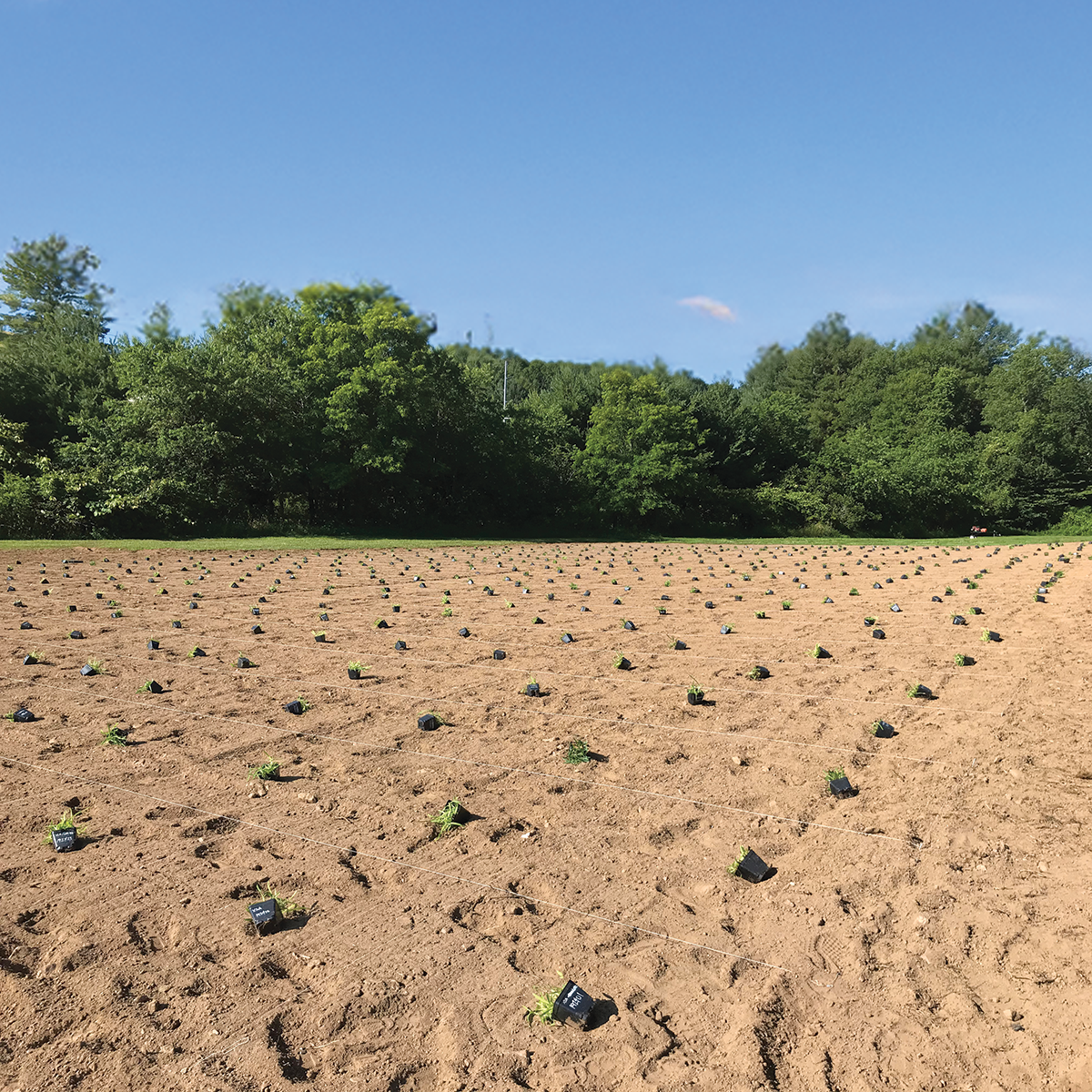
“Teamwork makes the dream work,” goes the old phrase, and while we usually associate it to sports rather than science, sometimes the latter can be a team sport too! Fifteen years ago, a group of breeders and researchers from North Carolina State University, Oklahoma State University, University of Florida, University of Georgia, and Texas A&M University joined forces to tackle this challenge head-on. The main objective of this dream team was to develop drought-resistant varieties of the four most popular warm-season turfgrasses: bermudagrass, St. Augustinegrass, seashore paspalum, and zoysiagrass. But perhaps the superhero in this collaboration was the U.S. Department of Agriculture – National Institute of Food and Agriculture, who supported the project through large grants of $3.9M in 2010, $5.3M in 2015, and a last one of $7.9M in 2019, which added University of California Riverside to the team. Beyond the size of the grants, having sustained funding for such a long period allowed the project to mature and produce impactful results.
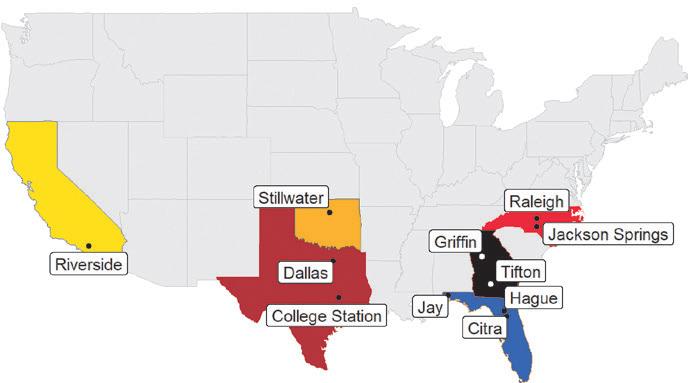
The Grass of the Future
The goal of this collaboration wasn’t just to create grass that can survive with less water but to develop grasses that thrive. Through the three cycles of the project, researchers evaluated thousands of entries for a range of traits, including drought resistance, tolerance to pests, fall color retention, and how quickly they green up in the spring. The process was rigorous. First, breeding lines from each university were screened in nursery trials at multiple locations across the southern U.S. These trials provided a comprehensive assessment of how the grasses perform under different environments and conditions—something that was not possible before this collaborative effort. The best-performing lines were advanced to replicated trials, where additional traits like salinity resistance, shade tolerance and sod production characteristics were evaluated. This multi-step process ensured that the most resilient and highest-quality grasses made it to the next stage. By testing these grasses under such diverse climatic conditions, the team ensured that the top performers are truly resilient no matter what mother nature throws at them: heat, drought, freeze, insects, pests, … ultimately delivering a better product for consumers.
Breaking Down the Results
Over the course of three grant cycles, the team made significant progress. To measure their success, researchers used a common plant breeding metric called “genetic gain,” which is the improvement in a specific trait—like drought resistance or overall quality—that results from selectively breeding plants over time. It’s the difference between how well the new, improved versions perform compared to the older, original ones. Think of it like upgrading from an older model of a car to a newer one: the newer model is more efficient or just works better because of the improvements made along the way. In the case of turfgrass, genetic gain measures how much better the new grasses are at things like surviving droughts or looking lush compared to the older varieties. The results were particularly impressive for bermudagrass, zoysiagrass, and St. Augustinegrass, with each demonstrating more than a 10% genetic gain per grant cycle over commercial cultivars (checks). New bermudagrass cultivars like TifTuf® and Tahoma 31® have shown up to 20% better drought resistance compared to traditional options like Tifway 419! In zoysiagrass, the gains were even bigger with Brazos™ and Lobo™ showing up to 38% improvements in drought tolerance over Zeon.
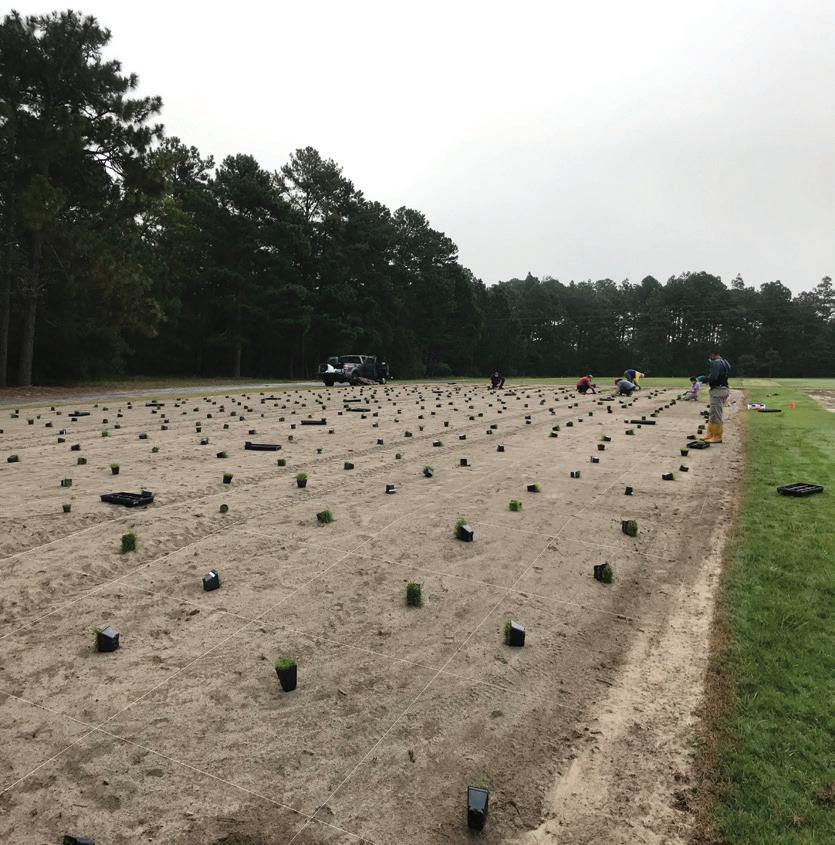
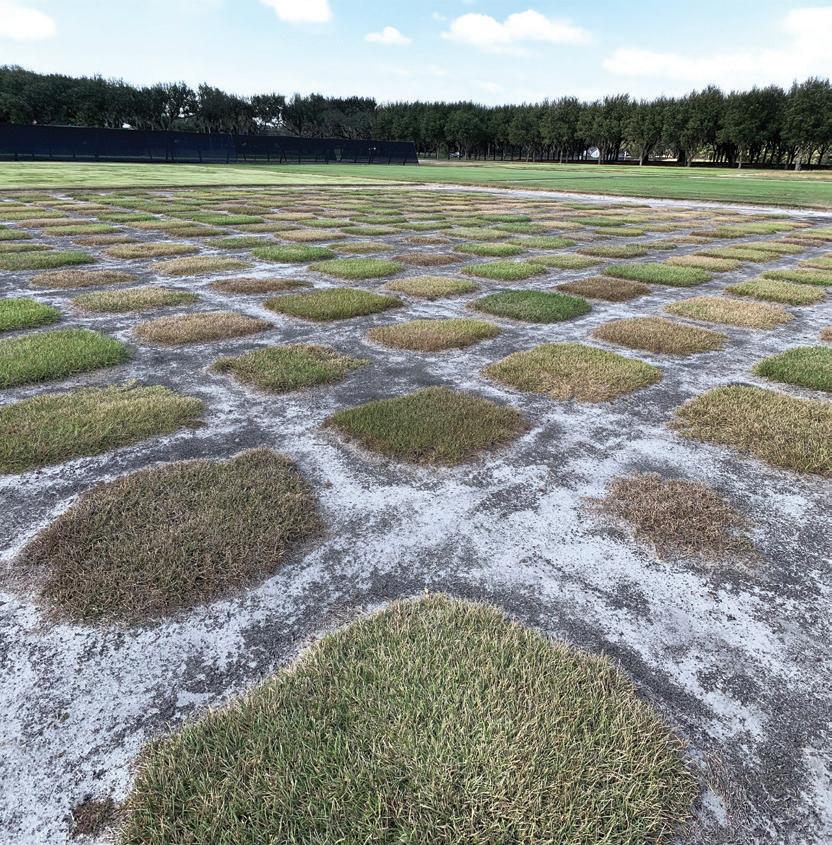

Even more exciting is the fact that these new grasses are not just tough—they’re also better looking. Many of the new varieties have improved turfgrass quality, meaning they’re greener, denser, and more visually appealing than their predecessors. You might be thinking, “A 10% improvement does not sound like much.” But, when you consider how much water is often used to keep lawns green, even small gains can add up to big savings over time. And as climate change continues to exacerbate water shortages, these innovations will become even more critical. The benefits extend beyond water savings, too. By developing grasses that are more resilient to drought, shade, and salinity, researchers are helping homeowners and landscapers maintain beautiful lawns in a wider range of conditions. This is especially important in regions like the southern U.S., where water scarcity and extreme weather are becoming more common.
From the Lab to Your Lawn
The best part? Some of these drought-resistant grasses which are well-adapted to North Carolina are already available to homeowners and landscapers. Cultivars like Lobo™ Zoysiagrass and Sola® St. Augustine, released by the North Carolina State University Turfgrass Breeding and Genetics Program, are making their way into yards in NC and across the country, helping people save water without sacrificing their curb appeal. And as more of these grasses are commercialized, the options for sustainable landscaping will only continue to grow.
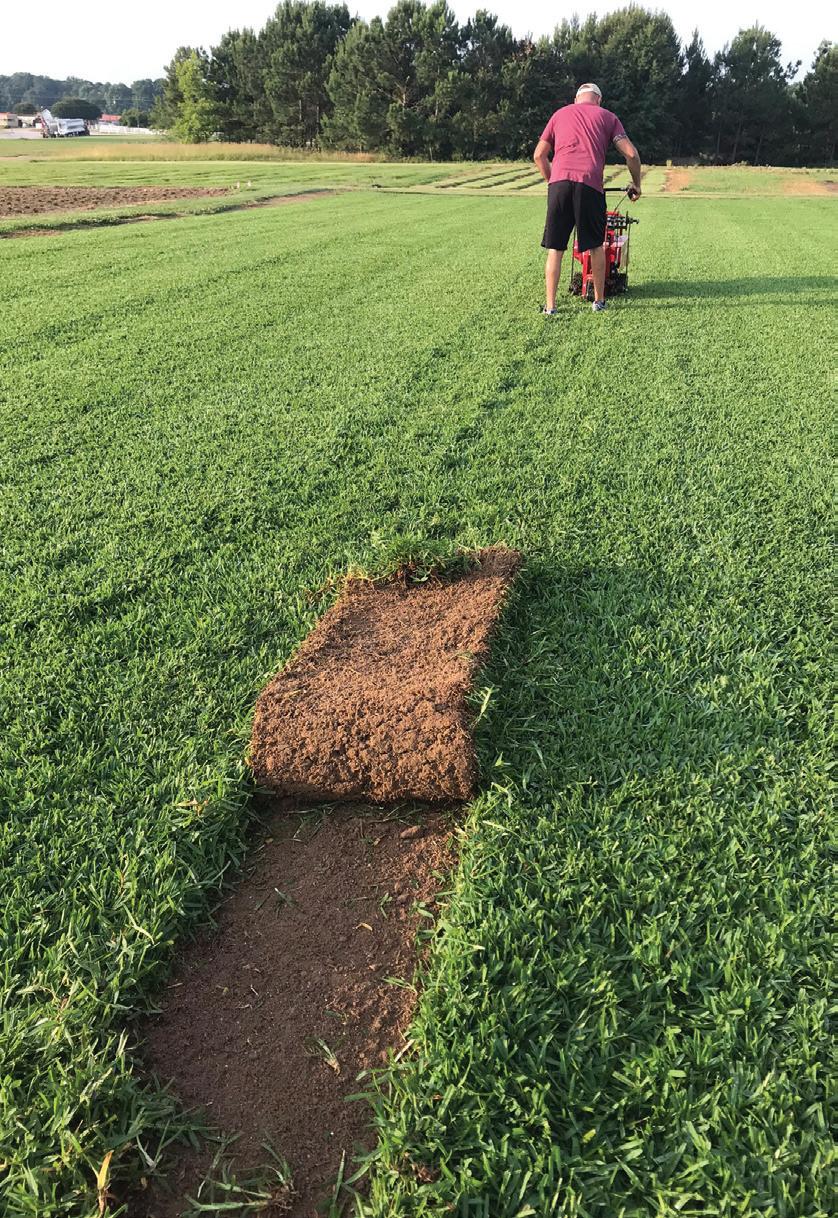
Sola® St. Augustine is fast to establish, demonstrates excellent shade tolerance, and has superior turfgrass quality over cultivar ‘Raleigh’. Furthermore, in comparison to Raleigh, Sola has better drought, gray leaf spot and chinch bug tolerances, and significantly better sod strength, traits that are desirable to reduce management costs and increase harvest ability in sod production.
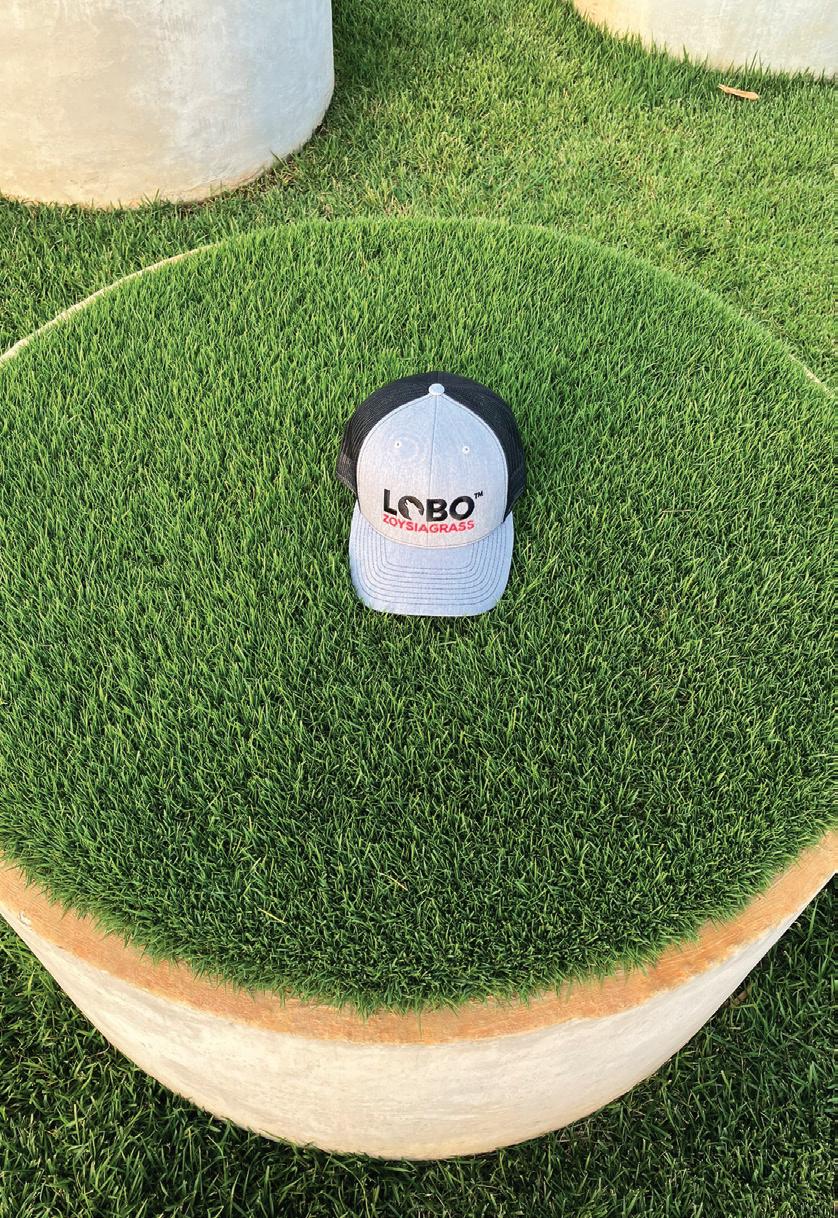
Lobo™ is a medium-textured zoysiagrass with high density, aggressive lateral growth, excellent color retention under both cold and drought stress, limited seed head production, and resistance to large patch. While Lobo™ persists well under low inputs, it maintains superior turf quality under regular management practices making it a suitable grass for higher end uses like home lawns and golf course fairways.
FOOTNOTE: This work was supported by funding provided by Specialty Crop Research Initiative grants [2010-51181-21064, 201551181-24291, and 2019-51181-30472] from the USDA National Institute for Food and Agriculture. Any opinions, findings, conclusions, or recommendations expressed in this article are those of the author(s) and should not be construed to represent any official USDA or U.S. Government determination or policy.





